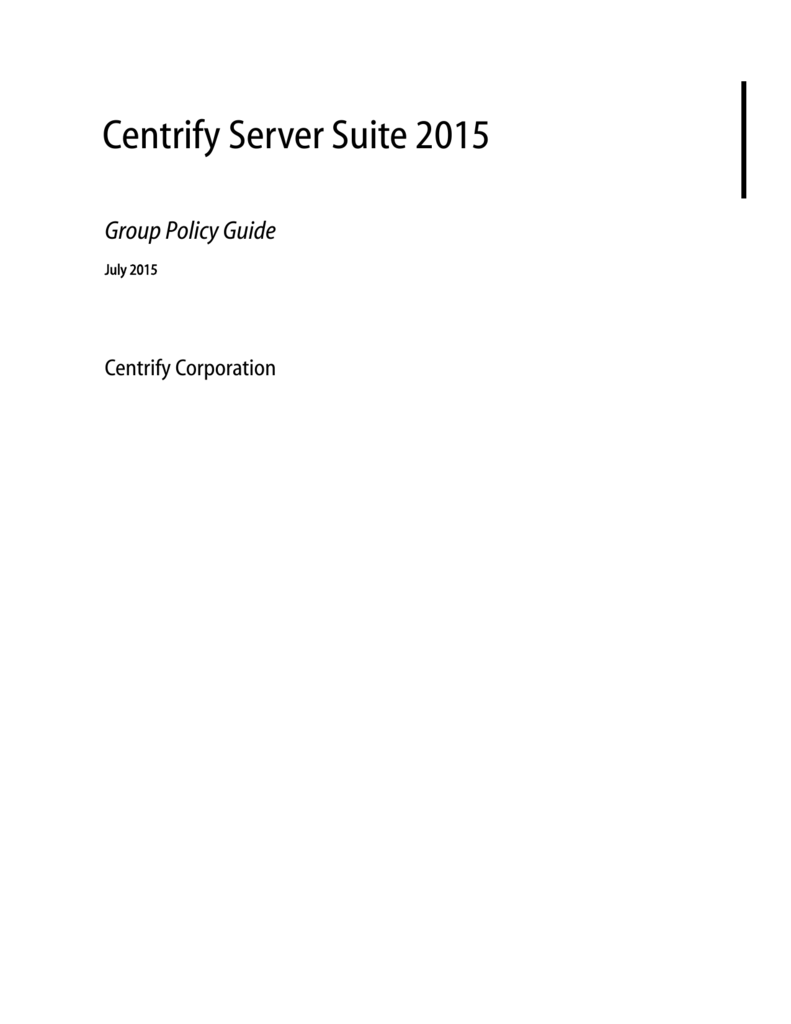

Because this type is not capable of cryptography, memory cards are used in storing telephone credits, transportation tickets or electronic cash. PIN's are normally 3 to 8 digit numbers those are written to a special file on the card. The data can be locked with a PIN (Personal Identification Number), your password. This microcontroller is responsible for accessing the files and accepting the communication. You can think of EEPROM, inside, just like a normal data storage device which has a file system and managed via a microcontroller (mostly 8 bit). Because it is non-volatile when you remove the card from the reader, power is cut off, card stores the data. This type of smart cards, contains EEPROM(Electrically Erasable Programmable Read-Only Memory), non-volatile memory. The most common and least expensive smart cards are memory cards. Contact smart cards are mainly used in electronic security whereas contactless cards are used in transportation and/or door locks. A combo card has a contact pad for the transaction of large data, like PKI credentials, and a wire loop for mutual authentication. There is one another type of smart card, combo card. The reason is some smart cards can be read upto 1.5 meters away from the reader but some needs to be positioned a few millimeters from the reader to be read accurately. The readers for contactless smart cards may or may not have a slot.
CENTRIFY EXPRESS FOR MAC SMART CARD CARD IS LOCKED SERIAL
As the contactless cards are not needed to be inserted into the reader, usually they are only composed of a serial interface for the computer and an antenna to connect to the card. The readers of smart cards usually connected to the computer via USB or serial port. With the modulation of the RF field, the current in the inductor, the communication takes place. When you insert the card into the readers RF field, an induced current is created in the wire loop and used as an energy source. This wire loop is used as an inductor to supply the energy to the card and communicate with the reader. But they have small wire loop embedded inside the card. Some smart cards do not have a contact pad on their surface.The connection between the reader and the card is done via radio frequency (RF). They also have embedded readers for GSM style mini smart cards. There are keyboards, PCs or PDAs which have built-in readers like GSM cell phones. The readers for contact smart cards are generally a separate device plugged into serial or USB port. Vcc : Power supply input (optional use by the card). If internal reset is implemented, the voltage supply on Or in combination with an internal reset control circuit (optional useīy the card). RST : Either used itself (reset signal supplied from the interface device) Vpp : Programing voltage input (optional use by the card).ĬLK : Clocking or timing signal (optional use by the card). I/O : Input or Output for serial data to the integrated circuit inside the card. According to ISO7816 standards the PIN connections are below: When you insert the card into the reader, the contacts in the reader sit on the plates. The plates are used to supply the necessary energy and to communicate via direct electrical contact with the reader. This type of smart cards are called Contact Smart Cards. Some smart cards have golden plates, contact pads, at one corner of the card.

With the file system, access conditions, a microcomputer, RAM, ROM, EEPROM a smart card is just a computer running its own operating system inside your wallet.Īs smart cards have embedded microprocessors, they need energy to function and some mechanism to communicate, receiving and sending the data. Many cards have access condition lists which must be fulfilled before accessing the data. The attributes of the files on UNIX environments are changed to access conditions. The PIN is also stored in an EF but only the card has access permission to this file. Dedicated files are like the ordinary directories and elementary files are just data files. MF (Master File), can be seen as the root directory where the headers of elementary files and dedicated files are contained. These data files are arranged in a file system much like a Linux directory structure.ĮF (Elementary File) EF DF (Dedicated File)

Smart cards hold these data within different files, and, as you will read, these data is only visible to its program depending on the operating system of the card. And only one card can be issued to an end-entity for all these applications. These application could be identity of the customer, library card, e-wallet, keys to various doors, etc. Beside its tiny little structure it has many uses and wide variety of applications ranging from phone cards to digital identification of the individuals. Simple plastic card, just at the size of a credit card, with a microprocessor and memory embedded inside is a smart card.


 0 kommentar(er)
0 kommentar(er)
